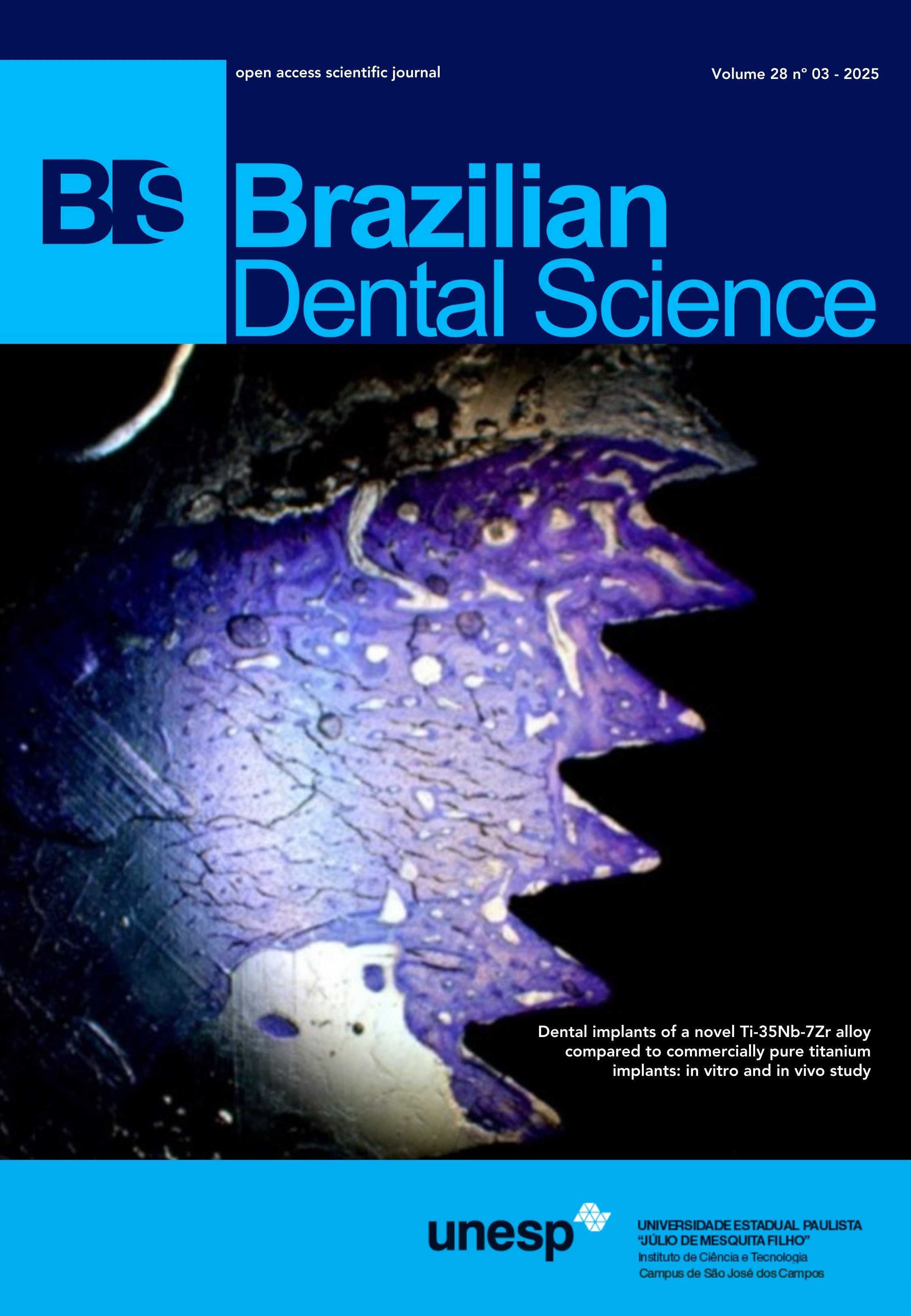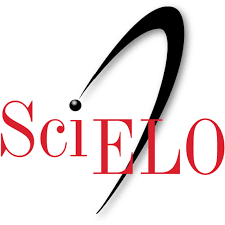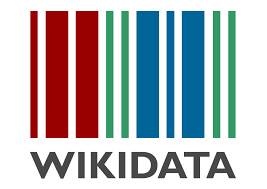Evaluation of cytotoxicity and embryonic toxicology of fluoride varnish with quercetin - an in vitro study
DOI:
https://doi.org/10.4322/bds.2025.e4781Abstract
Objective: Although fluoride varnish is a standard preventive agent, concerns about its potential cytotoxicity have led to the incorporation of adjunctive bioactive compounds such as quercetin, known for its antioxidant and antimicrobial effects. This study aimed to evaluate the cytotoxic and embryotoxic potential of a newly formulated fluoride varnish containing quercetin, using brine shrimp lethality and zebrafish embryotoxicity assays as preliminary screening methods. Material and Methods: An in vitro comparative experimental study was conducted. The test varnish contained sodium fluoride, tricalcium phosphate, xylitol, and quercetin. Five concentrations (5, 10, 20, 40, and 80 μg/L) were tested and compared against a commercial 5% NaF varnish (Profluorid). Brine shrimp (Artemia salina) nauplii were exposed for 24 and 48 hours to assess viability. Zebrafish (Danio rerio) embryos were evaluated over 96 hours for hatching rate, viability, and morphological integrity. Data were analyzed using one-way ANOVA. Results: Both brine shrimp and zebrafish embryos demonstrated high survival and hatching rates across all test concentrations. No statistically significant differences were observed between the test and control groups (p > 0.05). The highest naupliar viability (99.20 ± 0.84%) and embryo hatching rate (88.00 ± 8.37%) occurred at the lowest concentration. No morphological or teratogenic abnormalities were detected. Conclusion: The quercetin-enriched fluoride varnish showed no significant cytotoxic or embryotoxic effects, indicating its biocompatibility and potential as a safer alternative in pediatric caries prevention.
KEYWORDS
Brine shrimp assay; Cytotoxicity; Fluoride varnish; Quercetin; Zebrafish embryo.
Downloads
Downloads
Published
How to Cite
Issue
Section
License
Copyright (c) 2025 Bhuvaneswari Natarajan, Vignesh Ravindran

This work is licensed under a Creative Commons Attribution 4.0 International License.
Brazilian Dental Science uses the Creative Commons (CC-BY 4.0) license, thus preserving the integrity of articles in an open access environment. The journal allows the author to retain publishing rights without restrictions.
=================




























